That is what Mr. Nguyen Ba Ngoc, Chairman of the Board of Directors of Bien Dong Jumping Squid Company, shared when talking about the potential of marine farming in our country.
According to him, squid is a nutritious seafood, providing the body with a lot of protein and essential minerals. However, the supply of squid to the market depends entirely on wild fishing, while the demand for this type of seafood is increasing. If the resource is not regenerated, the natural squid will gradually be depleted.
Thinking so, Mr. Ngoc started a research plan on squid farming from 2021. The pilot model of squid farming was carried out in a semi-natural environment in Vinh Hy sea area (Ninh Hai, Ninh Thuan ) with an area of 180m2.
Taking advantage of ocean currents, he brought very large cages out to sea 3 nautical miles from shore, then positioned and lowered the cages.
In the early days, due to lack of breeding sources, he had to buy parent squid from fishermen caught at sea and bring them back to cages to breed. Each pair of parent squid laid 10,000 eggs at a time. These eggs were brought back to shore to hatch into baby squid. When the young squid were old enough, he brought them back to sea and put them in cages to raise them into commercial squid.
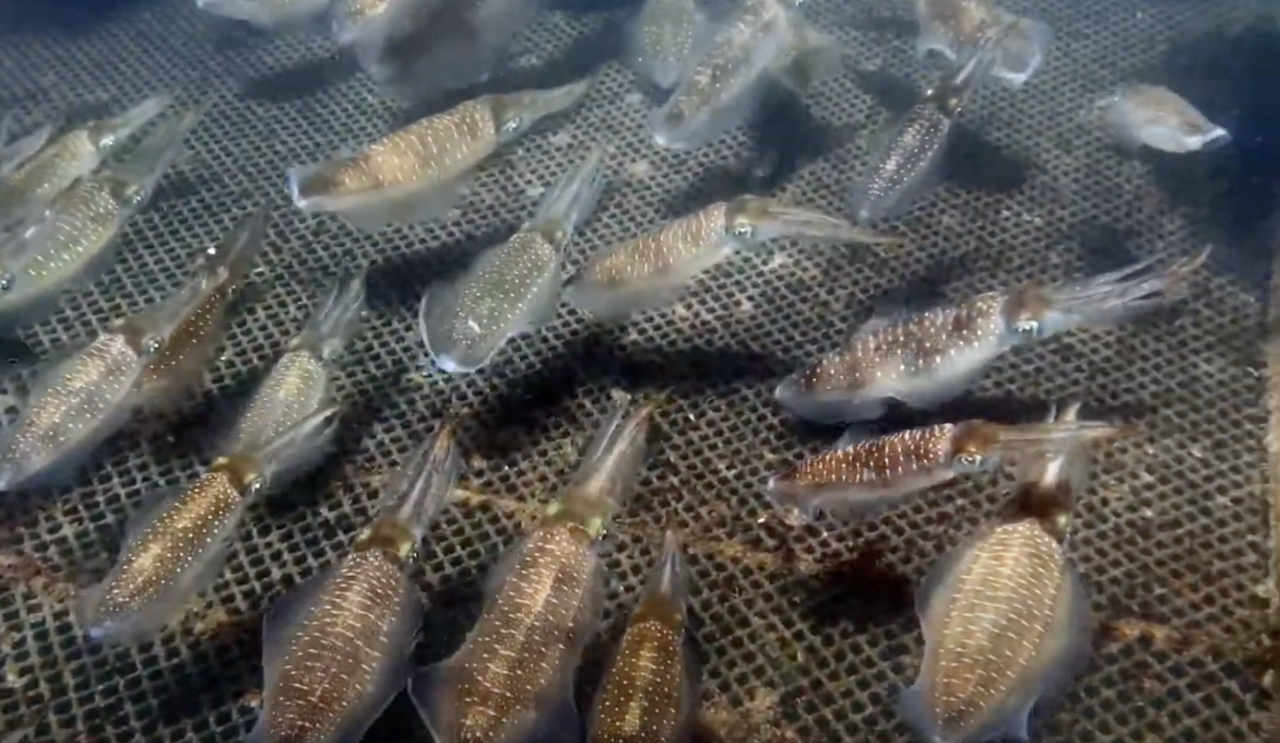
It was only a pilot project but the results were very promising. The squid laid many eggs, the hatching rate was very high and they developed well, he said.
In 2022, Mr. Ngoc moved to area C3, Thanh Hai commune (Ninh Hai, Ninh Thuan) to rent water surface from local people to expand the farming model to several thousand square meters. The squid cages are made of HDPE plastic with large areas, floating on the sea surface 3 nautical miles from shore, surrounded by nets that extend all the way to the bottom of the sea.
At the bottom of the cage, he spreads seaweed to create a natural marine environment for the squid to reproduce and develop. After laying, the squid eggs will stick to the seaweed. About 10 days later, the squid eggs are incubated in an oxygenated water tank with a salinity of 26 parts per thousand. After an incubation period of 5-7 days, the eggs hatch into baby squid.
Mr. Ngoc assigns the hatching stage to local households. After about 25-30 days, he buys the baby squid back at 2,000 VND/squid to release into cages at sea. Commercial squid will be harvested after 5-6 months of raising.
Successful with the model of breeding squid and commercial squid, each month Mr. Ngoc's enterprise supplies the market with 3-5 quintals of jumping squid (live squid). At peak times, it can supply up to 1-2 tons of squid, with selling prices ranging from 250,000-350,000 VND/kg. Calculated, the profit reaches 500-600 million VND/crop.
According to Mr. Ngoc, raising commercial squid at sea only costs the cost of building the cage. With a cage area of 1ha, it can cost several billion VND. However, the durability of the cage can reach 50 years, good impact resistance, anti-corrosion, suitable for many marine environmental conditions. The cost of food when raising commercial squid is very small. Even without feeding for a short time, the squid can still find food sources in nature.
The successful farming of squid in a semi-natural environment has opened up a new direction for the marine farming industry in our country.
Mr. Ngoc said that in the coming time, he will expand the semi-natural squid cages with an area of 40,000m2 and attract more fishermen to work to stabilize income, create livelihoods and ensure the lives of fishermen in Ninh Thuan. However, he hopes that the authorities at all levels will create conditions for certifying water funds to expand the farming area. Because, when there is a water fund, businesses will proactively plan investment, cooperate with farmers in commercial squid farming. A large enough squid output can expand the export market.
"Squid farming brings high profits. This is Vietnam's advantage in developing the marine economy," Mr. Ngoc emphasized.
In reality, marine resources are increasingly declining, developing marine aquaculture in a modern and sustainable industrial direction is one of the key tasks set by the Ministry of Agriculture and Rural Development.
According to the report of the Department of Fisheries (Ministry of Agriculture and Rural Development), in 2022, the marine farming area of our country will reach more than 256,000 hectares, with an output of nearly 750,000 tons. In 2023, the output could reach nearly 800,000 tons.
In recent times, the Government, the Prime Minister and the Ministry of Agriculture and Rural Development have issued many policies and programs to promote marine aquaculture. Thanks to that, some departments supporting the marine aquaculture industry have been initially formed in Vietnam such as: Infrastructure for seed production areas, concentrated farming areas; supporting industries (feed, farming equipment); processing industry, developing consumer markets...
Deputy Minister of Agriculture and Rural Development Phung Duc Tien emphasized that marine aquaculture is a field with great potential. Therefore, the 12th Party Central Committee issued Resolution No. 36-NQ/TW dated October 22, 2018 on the Strategy for sustainable development of Vietnam's marine economy to 2030. In the plan, from now to 2030, we strive to achieve an output of 1.45 million tons of marine aquaculture products.
He suggested that relevant units continue to prioritize investment in upgrading marine farming infrastructure. Ministries, sectors and localities urgently develop plans and regulations for sea surface allocation, creating favorable conditions for businesses and people to confidently invest and develop. Promote scientific research activities, focusing on improving capacity, quality of breeds, farming processes, nutrition, disease prevention... Only then can we take advantage of the advantages and potential of marine farming in our country.
Peace of Mind
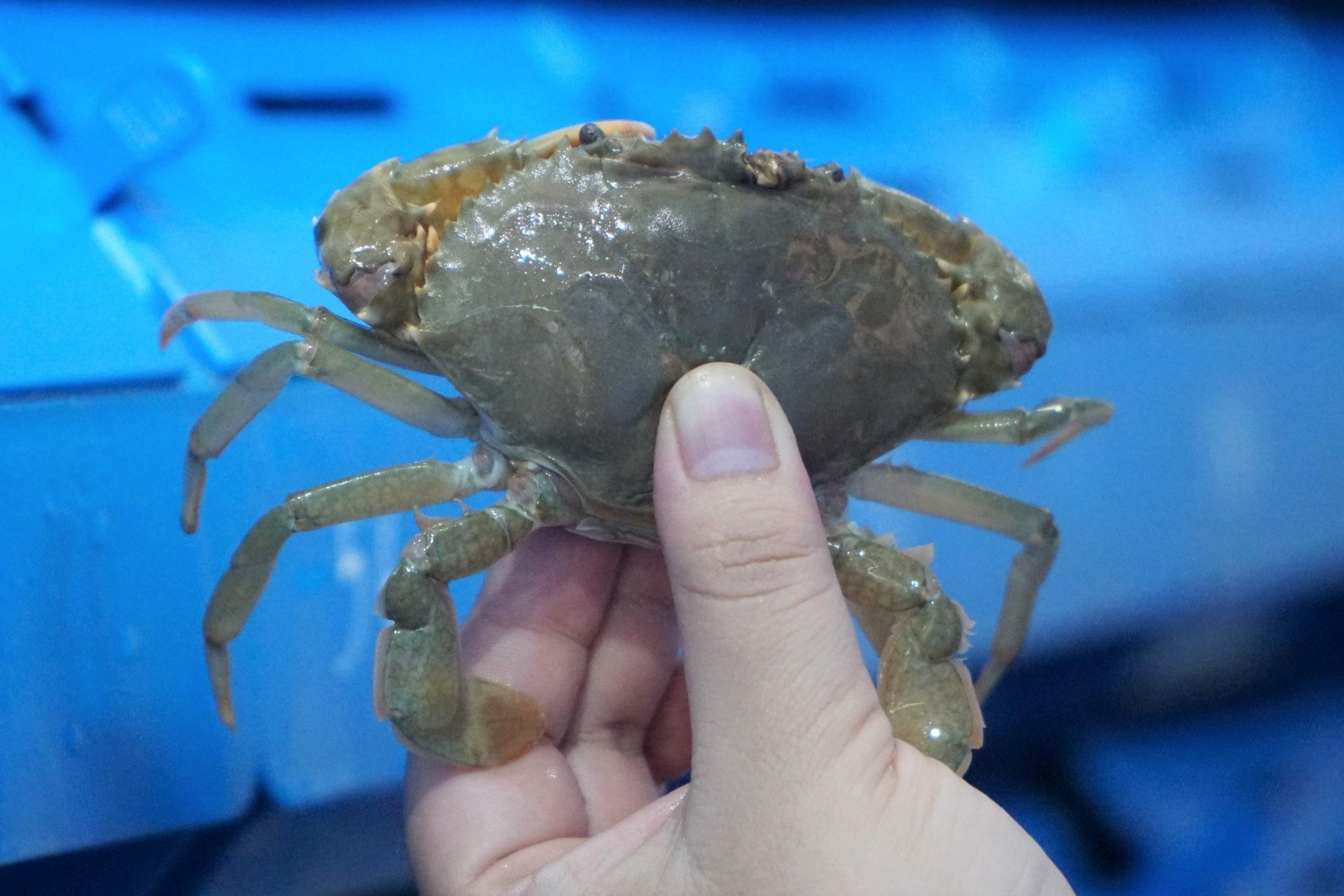
Source






![[Photo] Nearly 3,000 students moved by stories about soldiers](https://vphoto.vietnam.vn/thumb/1200x675/vietnam/resource/IMAGE/2025/5/17/21da57c8241e42438b423eaa37215e0e)
![[Photo] Readers line up to visit the photo exhibition and receive a special publication commemorating the 135th birthday of President Ho Chi Minh at Nhan Dan Newspaper](https://vphoto.vietnam.vn/thumb/1200x675/vietnam/resource/IMAGE/2025/5/17/85b3197fc6bd43e6a9ee4db15101005b)



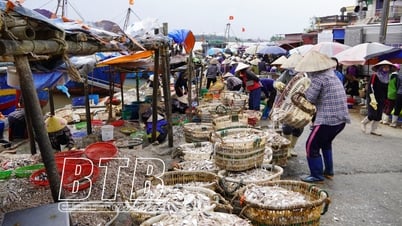

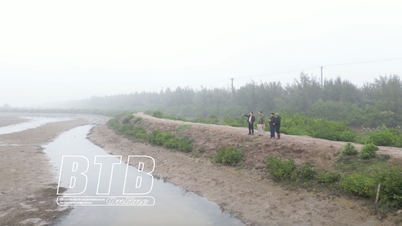

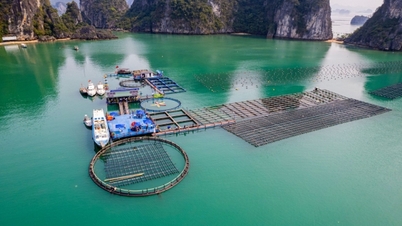




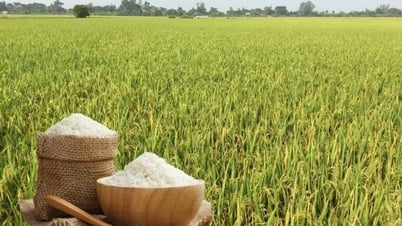





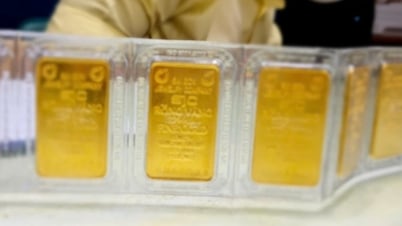



























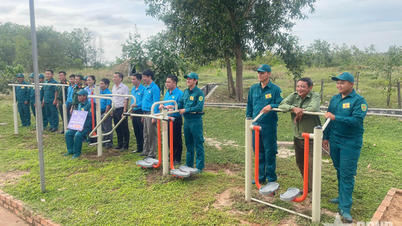















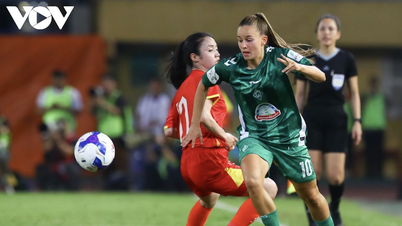

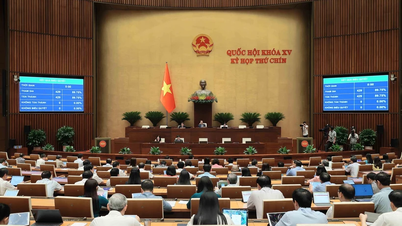










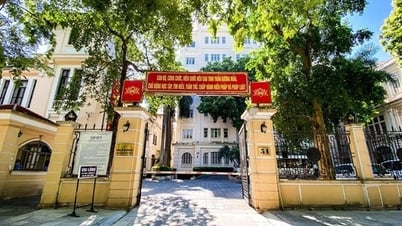






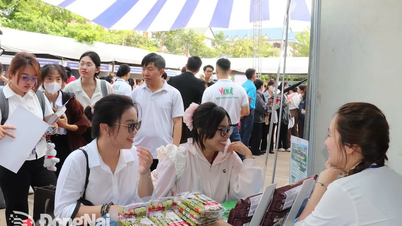

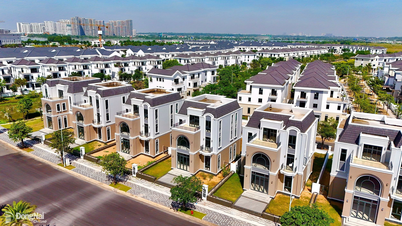
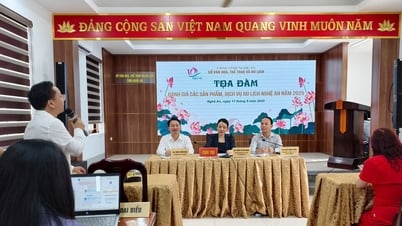










Comment (0)